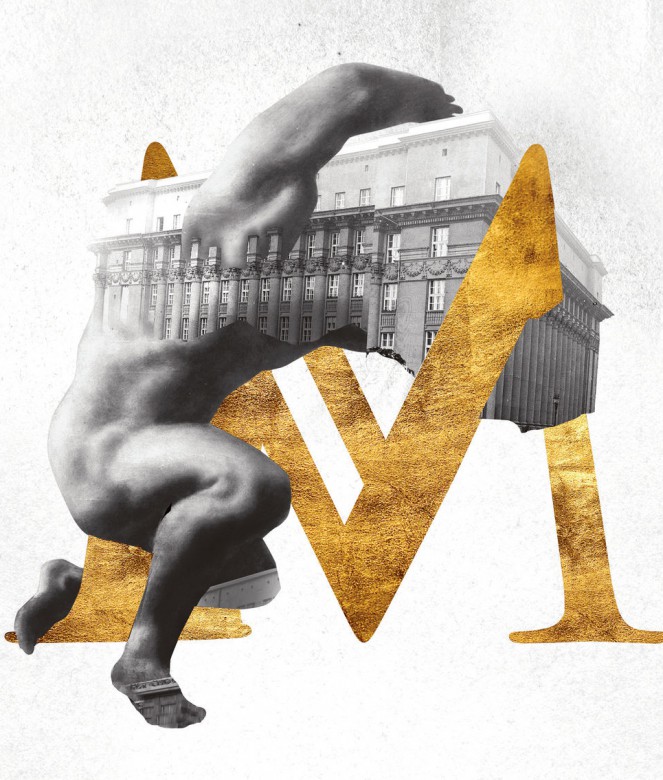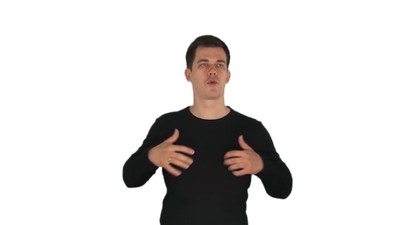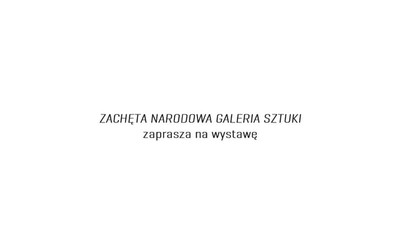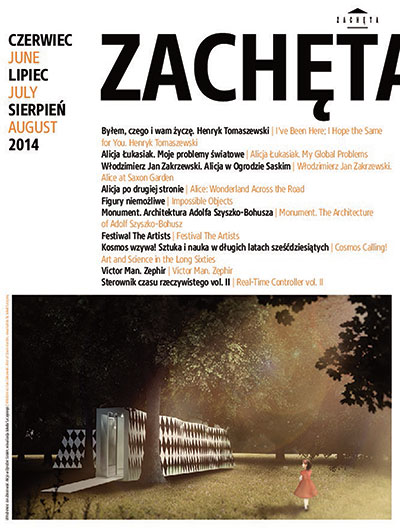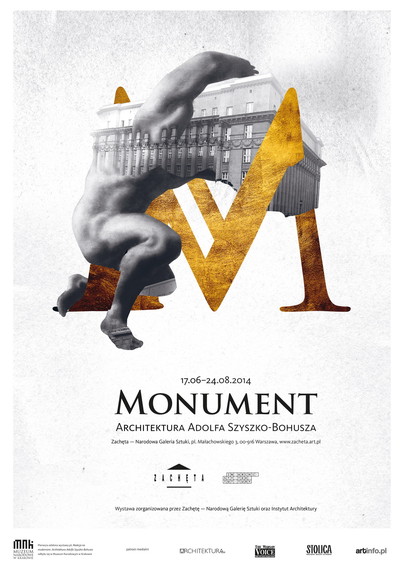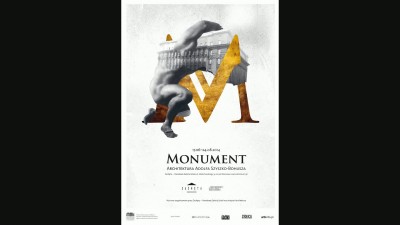Monument The Architecture of Adolf Szyszko-Bohusz
17.06 – 24.08.2014 Monument The Architecture of Adolf Szyszko-Bohusz
Zachęta – National Gallery of Art
organisers: Zachęta – National Gallery of Art, The Institute of Architecture Foundation
curators: The Institute of Architecture (Michał Wiśniewski, Dorota Leśniak-Rychlak, Dorota Jędruch, Marta Karpińska, Agata Wiśniewska)
exhibition design: JEMS Architects, cooperation: Agata Wiśniewska
graphic design: Joanna Sowula
models: Jakub i Katarzyna Suszek, Atelier La Skala
We are today witnessing a growing interest in the times of the 2nd Polish Republic: a moment of the forming of the ethos of the state and a reconstructing of the identity of its inhabitants. Through, amongst other things, an effective usage of the potential of the visual arts, this epoch succeeded in creating its myth, one that is still alive today. The strategies of manipulating memory of those times and the capacity to reconcile contradictory elements – a modernizing discourse with a romantic nostalgia for the past and a celebration of death – today demand a critical gaze and close analysis. It may be that we are still victims of their success.
The exhibition Monument. The Architecture of Adolf Szyszko-Bohusz, connected with the presentation in the Polish Pavilion at the Architecture Biennale in Venice, concerns the issue of the mythmaking potential of architecture. Szyszko-Bohusz, a former legionary connected with Józef Piłsudski, as an architect of the regime projected monuments: buildings that were to act as the memorials of the epoch, to express the spirit of the reborn state and to revive its praiseworthy history, but also to give testimony to the good life and progress through the effective realizing of the commissions of the political and financial elites of the day.
Adolf Szyszko-Bohusz (1883–1948) remains one of the most important Polish architects of the first half of the 20th century, achieving during his career the most prestigious positions, commissions and realisations of the 2nd Republic. The malicious nickname attributed to him by his contemporaries, Adolf “Wszystko” Bohusz, that translates in English as Adolf “Everything” Bohusz, speaks volumes for his versatility, his ability to reconcile a variety of roles and the prominent position of this outstanding architect. He was connected with Cracow, where form 1916 he directed the reconstruction of the Wawel Castle (the historical simulacra of the Wawel interiors to this day create a convincing illusion that what we are dealing with is the authentic interior of a Royal residence) and where he left a number of iconic buildings: the neo-classical Building of the Postal Savings Bank, the modernist and still (!) controversial Building of the Feniks Insurance Society on the Main Market Square or the Dom Plastyków (House of the Visual Artists) that brings to mind a Bauhaus aesthetics. His projects and realisations, however, are to be found right across the realm of the then Republic (as director of the reconstruction of the Royal Castle and Łazienki Park, he was also active in Warsaw). Szyszko-Bohusz is an architect of spectacles: he designed amongst other things, the backdrops for official state ceremonies, and also mausoleums and monumental groupings in which he adeptly orchestrated the space of representations (as in the example of his vision of the Wawel Pantheon).
The exhibition presents different ways of building the myth of the state: through the celebration of death and the creation of the cult of Piłsudski (of particular significance here is the project of the baldachin over the crypt in which the Marshal’s remains were housed), the quest for style forms and “graphic signs” which constituted an attempt to define the cultural identity and ambitions of the young state (equally in the form of a colonial politics in relation to the so-called Kresy region) and the using of the modernism that was fashionable in the 1930s as a “style dressing” at the service of the new regime. Original drawings and facsimiles of architectural projects are shown, along with models of unrealized or reconstructed buildings, of which two (the Wawel Pantheon and the competition project of the Temple of Divine Providence) were created especially for this exhibition.
The exhibition can be considered an expanded commentary to the presentation “Impossible Figures” shown in the Polish Pavilion in the frame of the 14th International Architecture Biennale in Venice, prepared by a curatorial team from the Institute of Architecture with artistic design by Jakub Woynarowski.
The first edition of the exhibition, entitled “Reaction to Modernism. The Architecture of Adolf Szyszko-Bohusz”, took place in the National Museum in Cracow from 23.10.2013–23.02.2014.
accompanying publication: Reaction to Modernism. The Architecture of Adolf Szyszko-Bohusz, exhibition catalogue, Institute of Architecture, National Museum in Cracow, Cracow 2013 (Polish-English language version)
Monument
The Architecture of Adolf Szyszko-Bohusz
17.06 – 24.08.2014
Zachęta – National Gallery of Art
pl. Małachowskiego 3, 00-916 Warsaw
See on the map
Godziny otwarcia:
Tuesday – Sunday 12–8 p.m.
Thursday – free entry
ticket office is open until 7.30 p.m.
